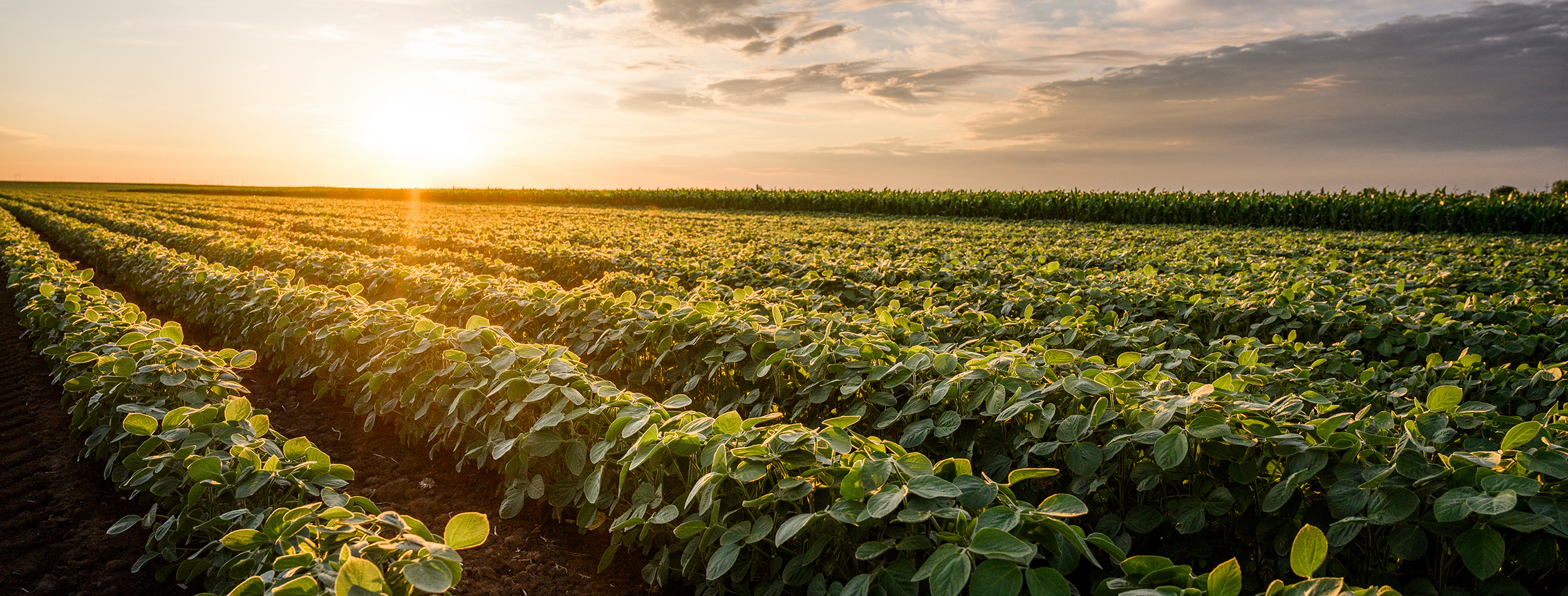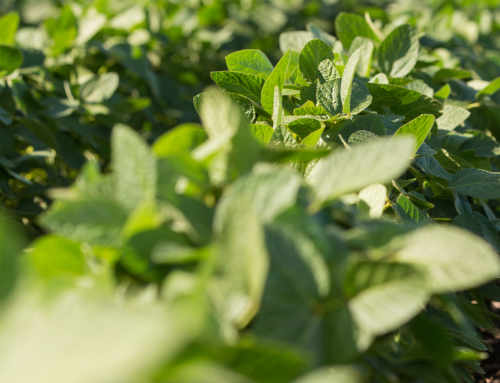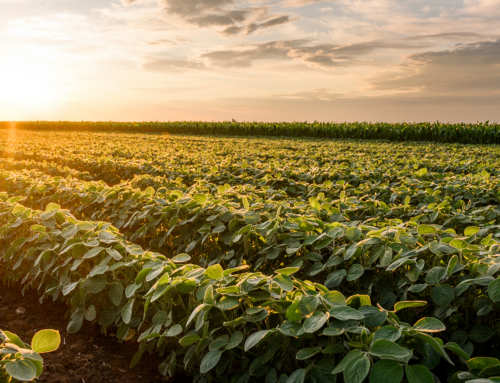
Wisconsin soy checkoff dives into AI using grower data
Share This
From the moment they wake up, farmers are bombarded with decision after decision.
Though it might not seem like it at the time, even a minor decision’s consequence – whether it be good or bad – may not be realized until months later.
What if there was a program that helped make those decisions easier for farmers?
With a long history of wisely directing checkoff resources toward soybean research, fiscal year 2023 is shaping up to be no different for the Wisconsin Soybean Marketing Board (WSMB). WSMB is diving into the world of artificial intelligence (AI) and the role it has in the agriculture industry by funding the project, “Evaluating the potential of an algorithm-based decision-making tool (Agroptimizer) to increase farmers’ profitability in Wisconsin,” with the University of Wisconsin. Through the research, Dr. Shawn Conley is examining how grower data can be used to develop AI tools.
“AI and machine learning tools have the potential to be great resources for farmers to develop site specific recommendations that maximize yield and ROI,” Conley said. “They will also help guide our research questions in the future. They will, however, not replace research as we still need to feed the machine, if you will.”
For this project, the AI program being used is Agroptimizer, which is a decision support tool that uses artificial intelligence algorithms to identify the optimum cropping system that will maximize yield and profitability by sifting through the thousands of possibilities a farmer can choose from in a single field.
The project, which launched in 2021, aims to compare the yield and profitability of University of Wisconsin-recommended soybean and corn cropping systems with AI-recommended systems.
Entering its third and final year, results of the project indicate that AI-based soybean cropping system recommendations were successful in increasing yield and profit compared to typical systems. Across the various sites and years, AI-based soybean recommended systems resulted in greater yield (99% probability) with an average difference of 4.2 bushels per acre and greater profit (60% probability) with an average difference of $2.60 per acre compared to typically used cropping systems.
This project is just one research project that WSMB has invested checkoff dollars in. WSMB is funding 18 projects in FY23 with focuses ranging from herbicide resistance to biological seed treatments. Below is a complete list of FY23 checkoff-funded projects:
- Weed detection using UAV imagery
- Overcoming herbicide resistance in WI soy production
- Anti-fungal compounds for disease resistance
- New bacterial controls of soy pathogens
- Phytophthora management
- White mold management
- Intercrop and double-crop soy and wheat
- Yield response and ROI of biological seed treatments
- Evaluating recommendations from AI tools
- Identifying no-till soy growth and yield reductions
- SCN testing and education
- WI Soybean yield contest – year 14
- Interaction of SCN and root lesion nematodes
- Biocontrol of white mold by virus-derived molecules
- Precision spraying equipment for white mold management
- Improve pest data through suction trap network
- Fungicide application comparison for white mold management
- Optimal soy and corn planting priority in WI


